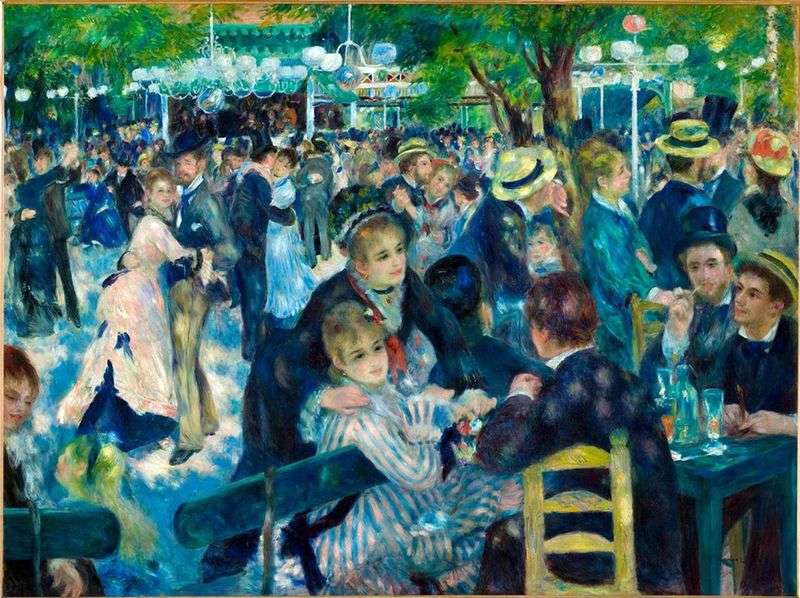
In “Moulin de la Galette”, one of his best works, the artist gives a wide panorama of a bright populous ball. Numerous figures of dancing people are illuminated by irregular reflections of light, which further reinforces the impression of incessant movement.
This canvas by Renoir can be compared with works by Jan Steen and Watteau on the same theme. Jan Sten, when he wrote a similar scene of noisy merriment, sought to show his characters from a humorous side, while Watte also reflected in his scenes of aristocratic festivities a light and carefree mood of the public. In the picture of Renoir there is something from both of them: Renoir, with the same gaiety as Sten, observes the behavior of the noisy crowd and, like Watteau, is fascinated by the beauty of the festival.
However, the originality of the picture lies primarily in the fact that Renoir displays a confusion of bright colors and observes how cheerful rays of light slide in the twilight. The picture seems to be incomplete, only the heads of several figures in the foreground are shown in detail, however, they are also written in a manner completely free of any conventions. In the foreground is a sitting lady, her eyes and forehead are left by the artist in the shade, and the sun is playing on the lower part of her face. The woman is dressed in a bright dress, which is written out with free bright strokes, even more daring than that of Velasquez or Frans Hals. More carefully, only the figures on which the artist focuses the attention of the viewer are written out; in the depths of the picture everything dissolves in the sunlight and air.
The frank sketch of this canvas undoubtedly has nothing to do with the carelessness of the painter, but is the deliberate result of the greatest artistic work of the author. Renoir did not write out with great care every detail of the picture, because he was afraid that from this she would become dull and lifeless. The painter was aware that the human eye is capable of much: if you just give him a hint, the viewer’s imagination will build a solid form.
Not immediately the painting of Renoir was recognized by critics and the public. The spectators who visited the exhibitions of the Impressionists simply did not know how to look at such pictures and did not see anything except a mix of colorful brush strokes. The townsfolk, when examining such paintings, immediately asked themselves the question: “Do I also look when I sit in a cafe or walk along the boulevard?” The knowledge of the audience about how a person should look, inhibited their own idea of what they really see. And only some time later, the public finally realized that in order to evaluate the work of the Impressionists, one should retreat a few steps.
Only by moving a certain distance away from the picture could one see how shapeless spots suddenly formed into a bizarre picture. To achieve this effect and convey to the person who looks at the picture, the real visual experience and sought impressionists.
Fortunately, Renoir managed to live long enough to finally enjoy the results of his work and become famous. He was able to observe how his works, initially ridiculed by the public, became famous, the richest people of the planet dreamed about them. Critics, who had earlier ridiculed the artist, were now choking on the voetorg, praising his paintings. This failure of viewers and critics in relation to the works of the Impressionists was very significant for the whole history of art.
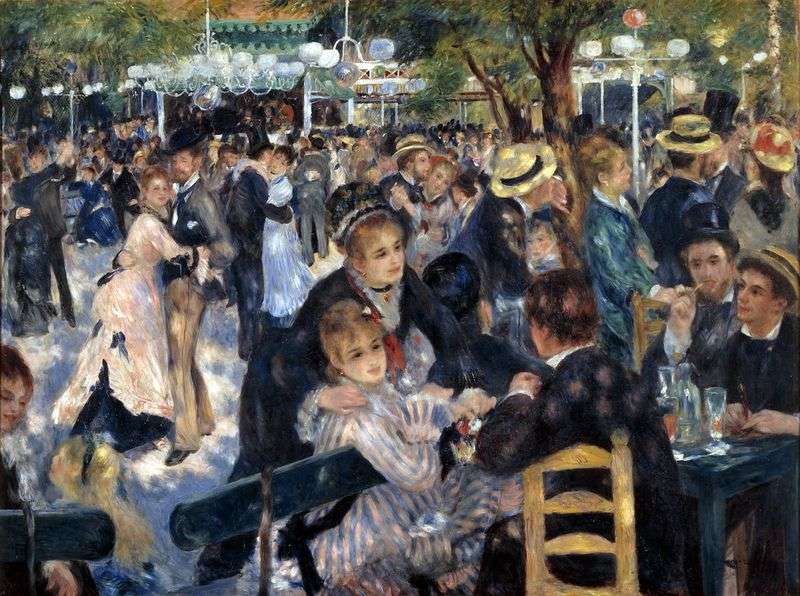 Ball in Moulin de la Galette by Pierre Auguste Renoir
Ball in Moulin de la Galette by Pierre Auguste Renoir Le Moulin de la Galette by Auguste Renoir
Le Moulin de la Galette by Auguste Renoir Moulin de la Galette – Pierre-Auguste Renoir
Moulin de la Galette – Pierre-Auguste Renoir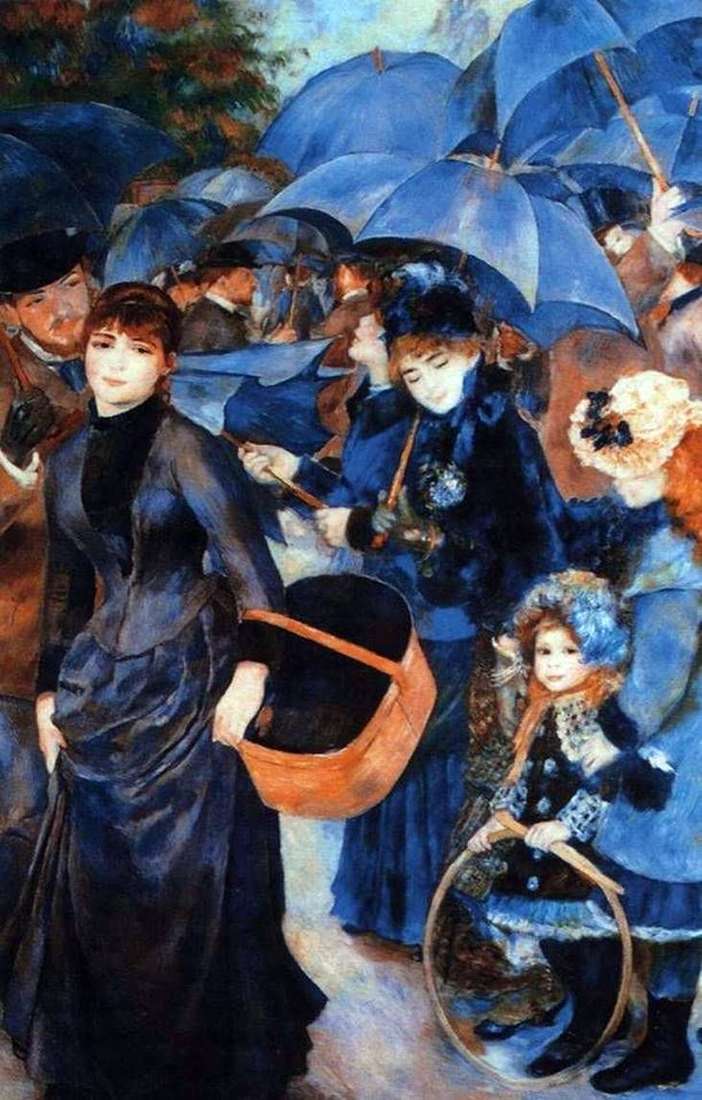 Umbrellas by Pierre Auguste Renoir
Umbrellas by Pierre Auguste Renoir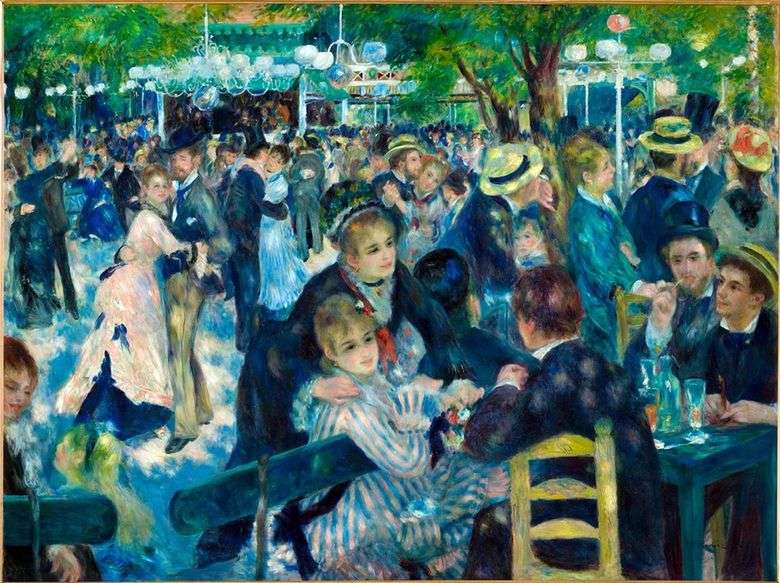 Moulin de la Galette – Pierre Auguste Renoir
Moulin de la Galette – Pierre Auguste Renoir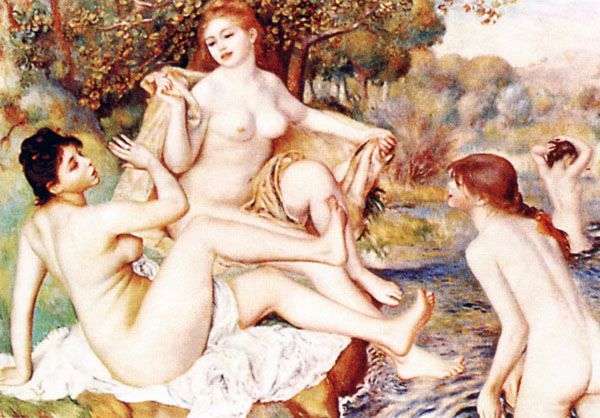 Bathers by Pierre Auguste Renoir
Bathers by Pierre Auguste Renoir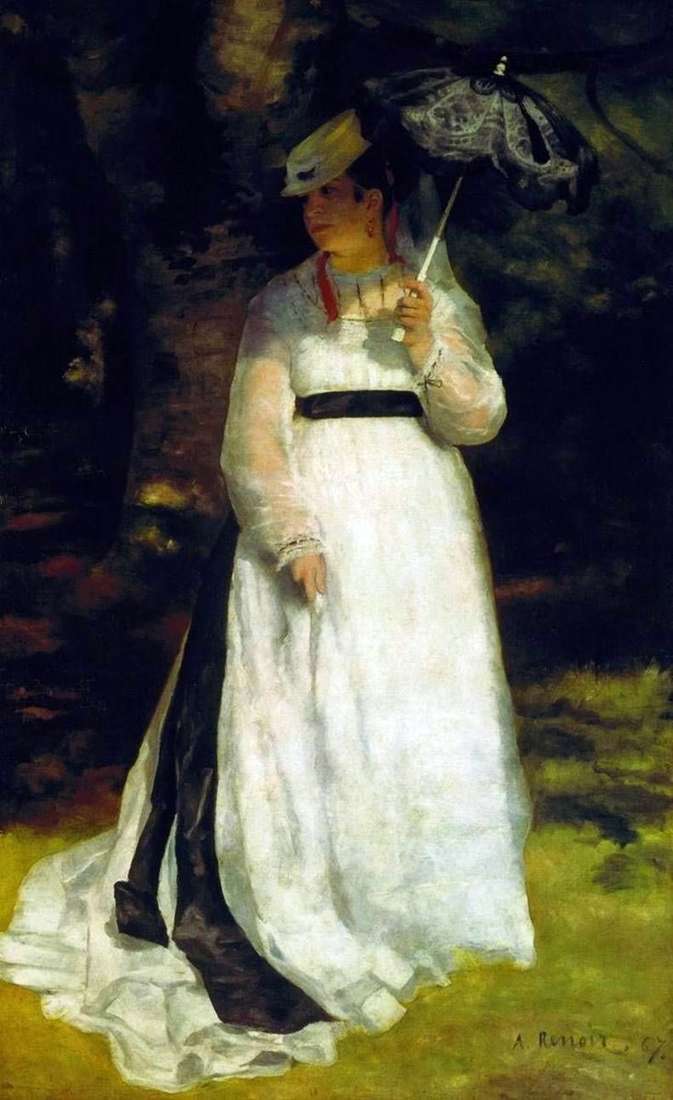 Lisa with an umbrella by Pierre Auguste Renoir
Lisa with an umbrella by Pierre Auguste Renoir